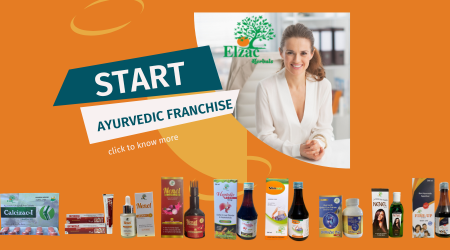Question: I am Currently Australian and Indian dual country registered Pharmacist. I am also certified in anti-ageing practitioner and I work with specialists to develop custom made nutritional and topical preparations.
I would like start nutritional products manufacturing in India with initial third-party manufacturing and contract manufacturing. My question is, if there is a reference to check classification of the nutrients that I want to put in to the formulations to know
1. Needs prescription
2. Needs clinical studies
3. Needs stability and comparability data
4. Any certifications/formulation approval needed or a formulation pharmacist is needed
5. Restrictions on supply through publishing on website
Answer:
For starting nutritional products manufacturing units in India, you need to take FSSAI central license. Check out: Procedure and documents for starting nutraceutical manufacturing unit
All nutritional products are fall under Food Act and regulated in India by FSSAI (Food Safety and Standards Authority of India).
1. Nutritional products don’t require prescription to sell
2. No clinical trial is needed for already approve nutritional ingredients but if any ingredient which safety is not proven then you require to take prior approval from FSSAI before manufacturing or importing it in India. You can use nutritional ingredient in your product on the basis of limit or RDA (Recommended Dietary Allowance) by FSSAI.
3. No comparability or stability data required till now
4. Formulation approval may require from FSSAI before starting manufacturing of any formulation but a formulation pharmacist is not required.
5. There is no restriction to supply through publishing on website as these are not fall under prescription drugs.
I would like start nutritional products manufacturing in India with initial third-party manufacturing and contract manufacturing. My question is, if there is a reference to check classification of the nutrients that I want to put in to the formulations to know
1. Needs prescription
2. Needs clinical studies
3. Needs stability and comparability data
4. Any certifications/formulation approval needed or a formulation pharmacist is needed
5. Restrictions on supply through publishing on website
Answer:
For starting nutritional products manufacturing units in India, you need to take FSSAI central license. Check out: Procedure and documents for starting nutraceutical manufacturing unit
All nutritional products are fall under Food Act and regulated in India by FSSAI (Food Safety and Standards Authority of India).
1. Nutritional products don’t require prescription to sell
2. No clinical trial is needed for already approve nutritional ingredients but if any ingredient which safety is not proven then you require to take prior approval from FSSAI before manufacturing or importing it in India. You can use nutritional ingredient in your product on the basis of limit or RDA (Recommended Dietary Allowance) by FSSAI.
3. No comparability or stability data required till now
4. Formulation approval may require from FSSAI before starting manufacturing of any formulation but a formulation pharmacist is not required.
5. There is no restriction to supply through publishing on website as these are not fall under prescription drugs.

Comments
Post a Comment